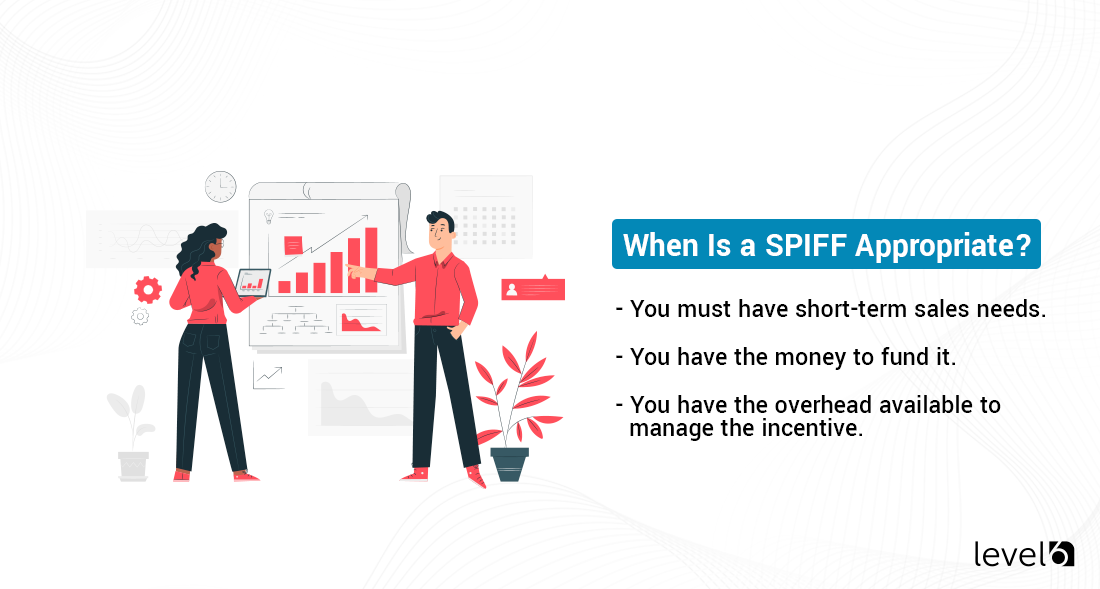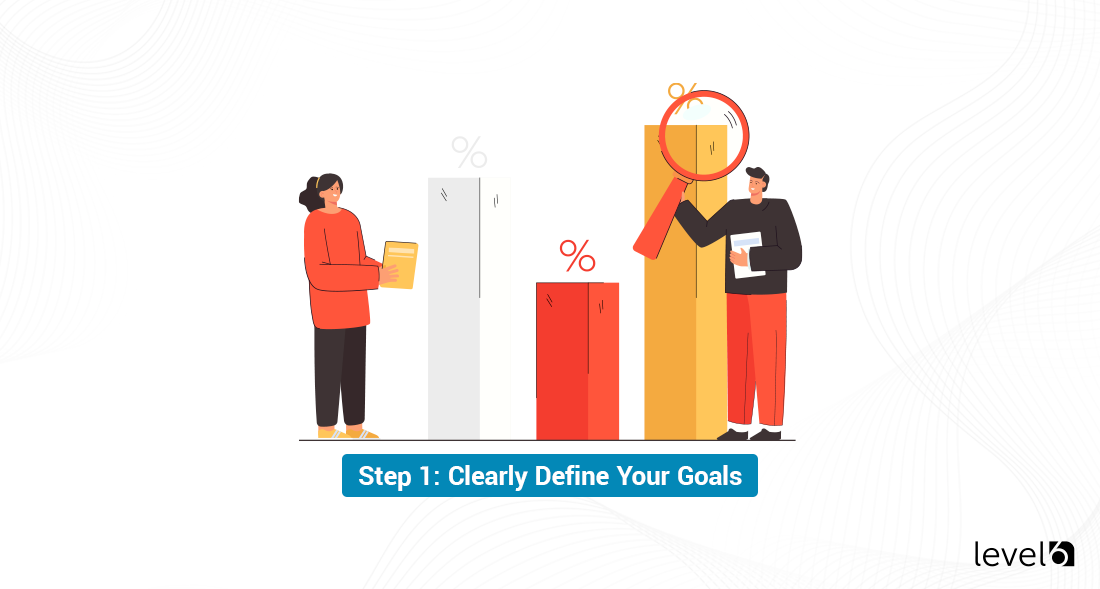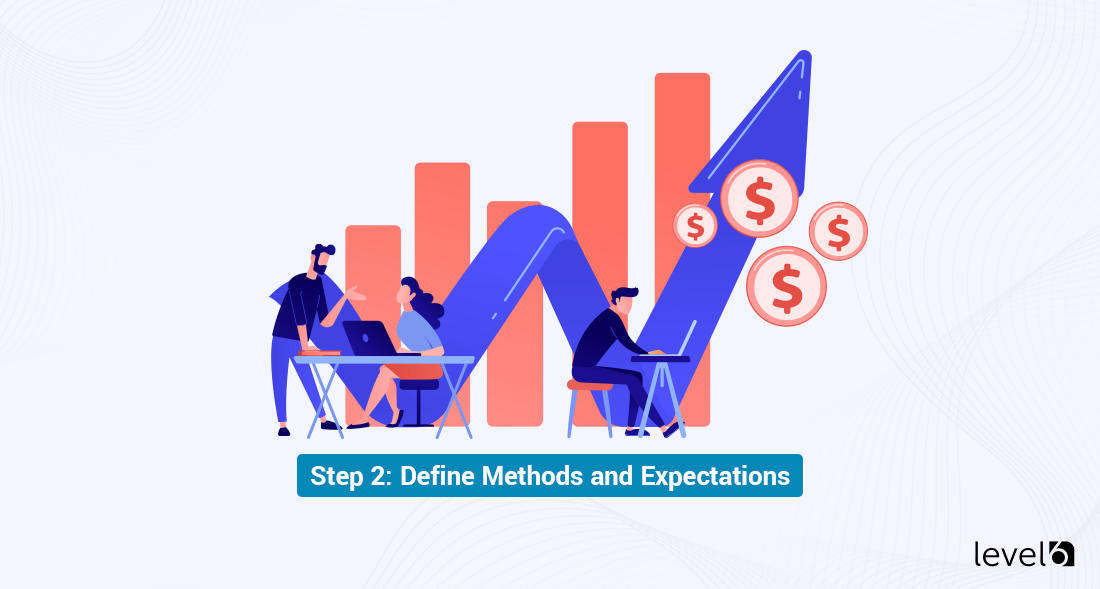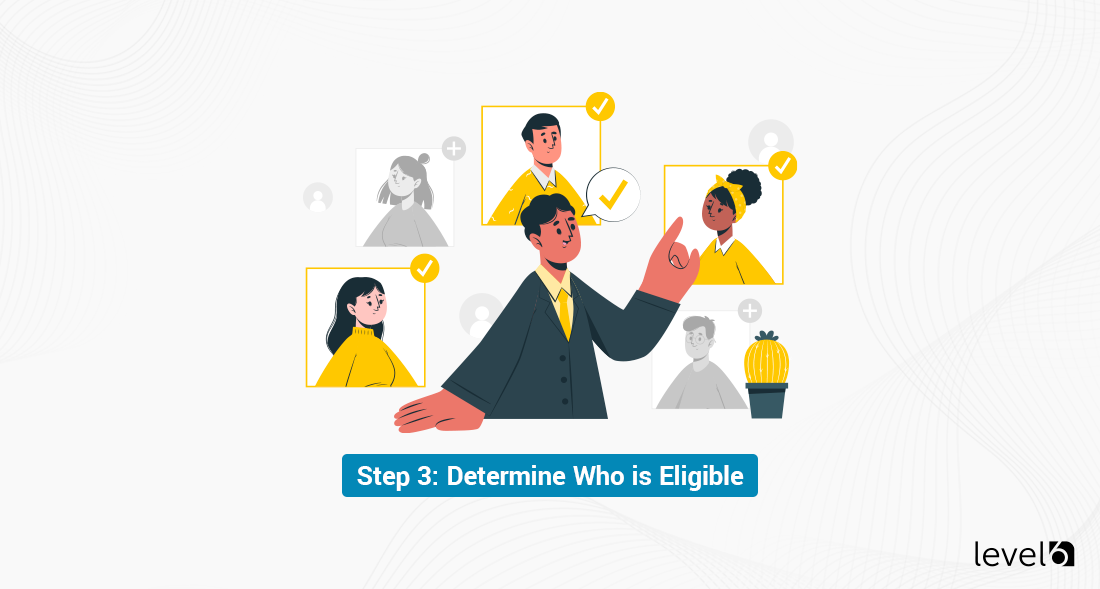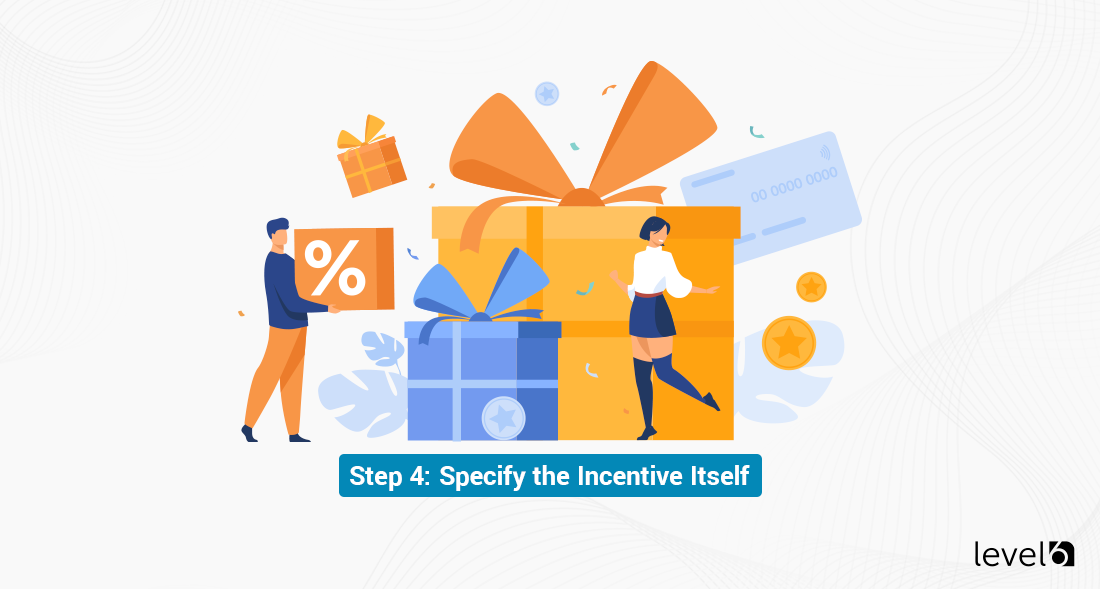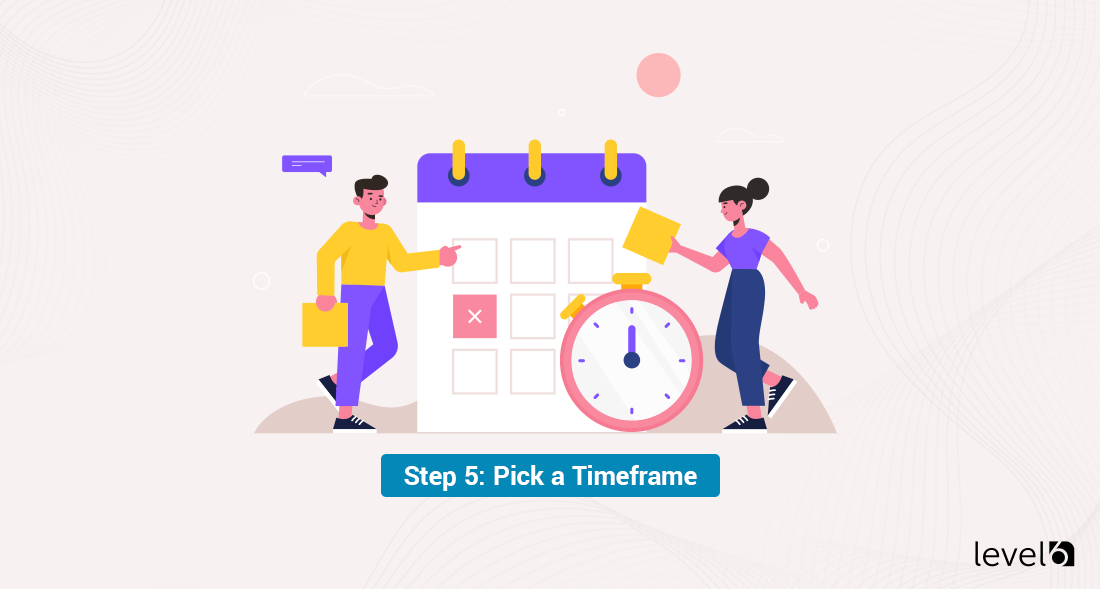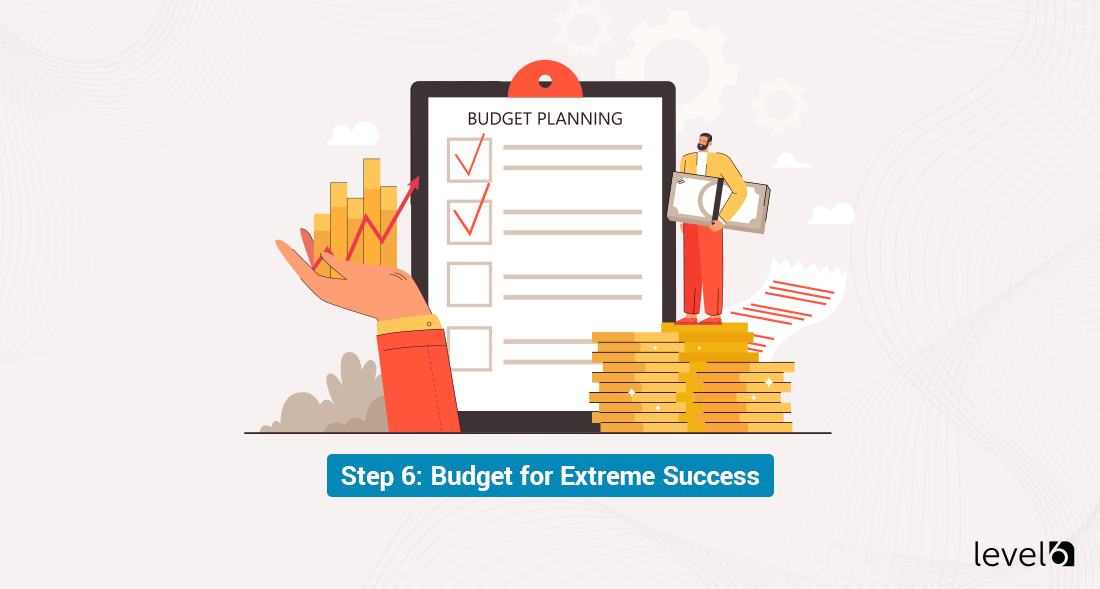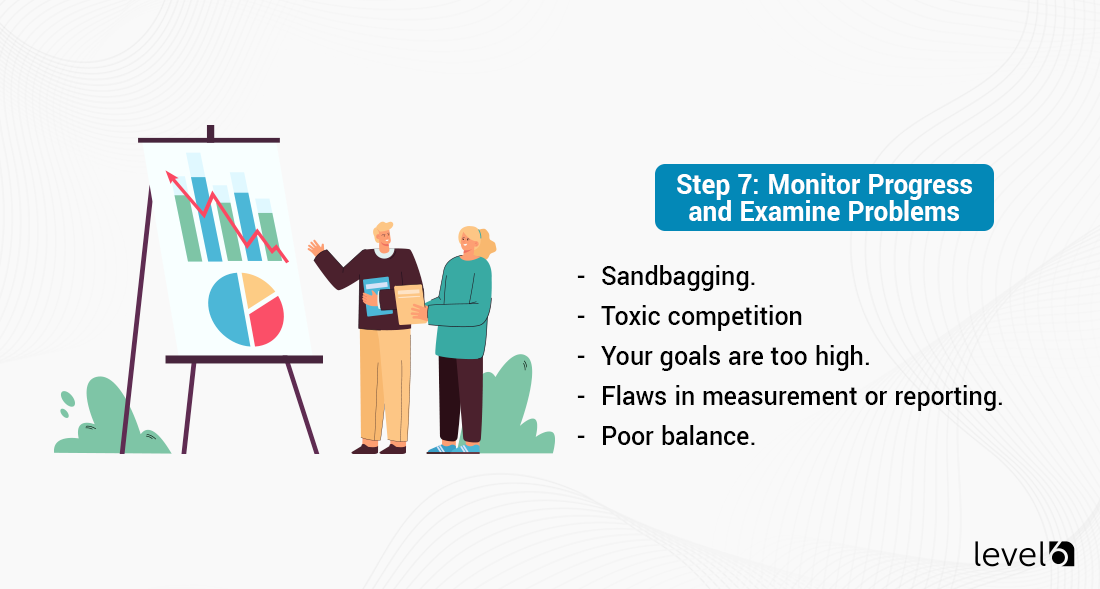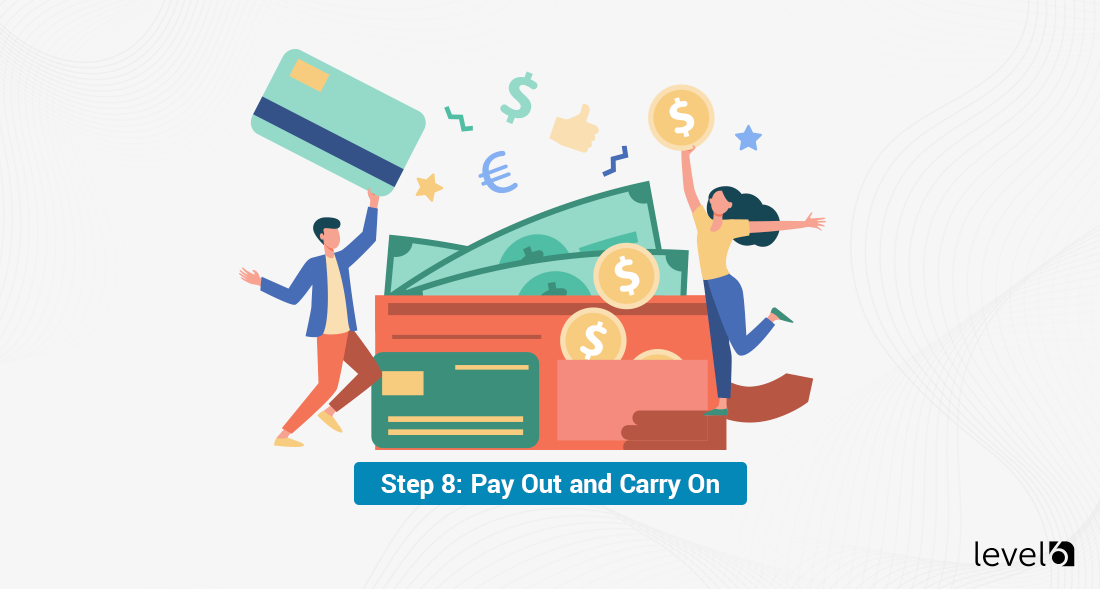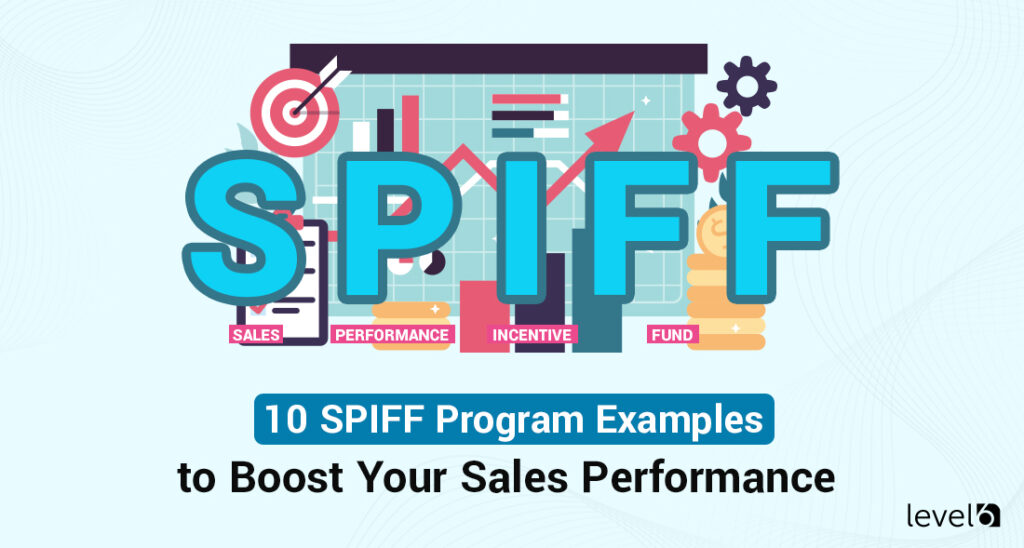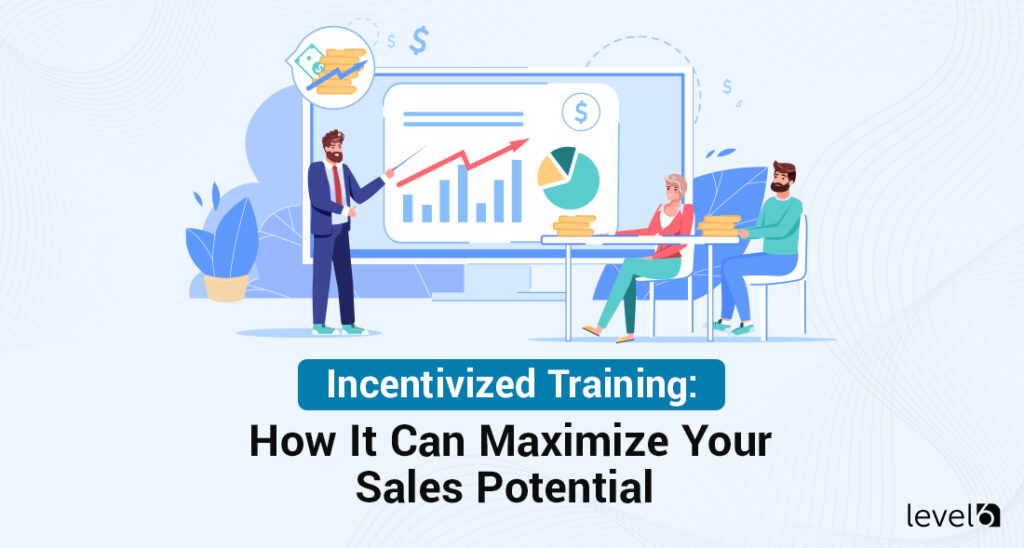SPIFF Incentives: What Are They and How Can You Use Them?
Businesses rely on sales to survive; it’s just how commerce works. To make sales, you need a sales team. A good sales team is motivated and incentivized to make as many sales as possible, with as much lasting loyalty and support as possible.
As a business owner, what happens when you find that your sales team isn’t that motivated to succeed? You have sales goals you need to be met, but your team doesn’t seem engaged with the task. How can you encourage them to perform?
Incentives can be tricky to manage. You need to know the difference between intrinsic and extrinsic incentives, for example, and know what incentives work the best for different kinds of people.
It can also be difficult to motivate employees, especially in an office environment where you have to work alongside co-workers and know that you’re being watched on every move you make. How can you make sure your employees are happy and put in the effort necessary to get the job done?
Beyond that, though, you need to know how to implement specific kinds of incentives. The theory is excellent and all, but you need to put it into practice if you want to see tangible results in time to meet your sales goals.
One term you may have encountered when researching incentives is SPIFF. What is SPIFF, though, and how can you use it? Is it even suitable for your team? Let’s dig in.
What is SPIFF?
SPIFF is an acronym, and you may also see it written as SPIF or SPIV. It’s an ancient term and practice, with records in the Oxford English Dictionary stretching back to 1859.
There are quite a few different variations on the word and the definition.
Looking to learn more about an incentive, rebate
or reward program for your business?
Curious about costs?
Try our instant pricing calculator:
- Sales Performance Incentive Funding Formula
- Sales Performance Incentive Fund
- Special Performance Incentive Fund
- Special Pay Incentive For Fast Sales
- Sales Performance Incentive Vehicle
The oldest recorded uses of spiff stretch back to retailers of cloth. A spiff was essentially a commission payment given to those sales staff who could sell outdated or out-of-style products. An added incentive to clear out old inventory and make way for the new had plenty of cultural repercussions, but the core concept of a sales incentive has carried forward to SPIFF in today’s parlance.
As recently as 2019, Dell created a SPIFF program angled to capture sales specifically from users who might have otherwise gone with a competitor instead of deals that wouldn’t have happened otherwise. Different companies use SPIFF in different ways, but the core concept remains the same.
A SPIFF is not a commission. Commissions are generally long-term and permanent, focusing on quarterly or annual sales goals, while SPIFFs are typically meant to be short-term sales goals.
What Are the Benefits of a SPIFF?
SPIFFs have a few key benefits for businesses when used correctly.
For example:
- The first is, of course, the incentive for active sales. A sales team member might not be too motivated to sell anything by default – perhaps they lack intrinsic motivation – but a SPIFF can be a valuable offer to encourage them to make more sales and put more effort into their sales calls than they otherwise would.
- SPIFFs can also foster workplace engagement. In particular, they can act as a kind of “scoreboard” for competitive sales teams – this isn’t always one of the main benefits and may not even be considered a benefit in some organizations. Still, it can be helpful for those more competitively-minded sales personnel.
- Another benefit is that a SPIFF can incentivize certain sales over others. For example, if you have an old version of a product you need to clear out (in the classic definition of a Spiff), you can leverage the incentive to encourage your sales team to clear out that inventory to make way for something new. Similarly, you might have multiple product tiers and place a SPIFF on one particular level to encourage more effort to sell that tier.
- Finally, SPIFFs can help push sales for a short-term goal. They may be less valuable if they’re continually available. Still, if they’re short-term incentives, they can encourage a sales push that sees your sales team going above and beyond their usual amount of effort to make sales.
These benefits are just a few reasons why companies use incentive rewards such as cash rebates, gift cards, and product discounts. Giving away a few dollars here and there can help you sell more if (it’s not too cost-prohibitive).
When Is a SPIFF Appropriate?
Implementing a SPIFF, as mentioned, is not a perfect solution, and they aren’t a permanent solution – they’re meant to be used in certain circumstances. What conditions need to be met to use a SPIFF incentive appropriately?
1. You must have short-term sales needs.
SPIFF incentives are best used for short-term sales pushes, a specific event, a specific short-term goal, or a specific product.
SPIFFs are excellent for raw sales, but they do not incentivize lengthy conversion processes or ongoing customer relationships. If you’re trying to incentive sales across the board for an indefinite duration, a SPIFF is not the way to go.
2. You have the money to fund it.
SPIFFs are short-term and, consequently, often quite expensive to run. After all, a SPIFF needs to be significant enough per sale to incentivize those sales.
SPIFFs are purely financial, so you will hurt employee loyalty if you don’t have the money to pay your team. Finding the right balance of producing enough to be a driving factor but not so much that you lose out on each sale is tricky. It often depends on each deal’s expected sales volume, price and profit, and existing pay and compensation for sales members.
3. You have the overhead available to manage the incentive.
Because a SPIFF is a volume-based, individual, monetary reward, you have to control the incentive carefully.
You need to watch for exploitable loopholes and close them. You need to carefully track and verify every sale and attribute them correctly, which can be tricky when multiple team members may interface with a customer before they make the sale. Mistakes in bookkeeping, delays in paying out, or exploits in the incentive structure can ruin it for everyone.
How to Implement a SPIFF Incentive Properly
Developing and implementing a SPIFF will take quite a bit of groundwork. Luckily, once you’ve done it once, the framework will be in place, and you can reactivate it with less work the next time you want to run a SPIFF incentive. Thus, it’s a good idea to spend extra time developing your framework the first time around and keep a keen eye open for any issues to resolve before the next time you try it.
Step 1: Clearly Define Your Goals
The first thing to do is define your goals clearly and precisely. “You’ll get a cash bonus for getting more sales this month” isn’t specific. “You’ll earn a $1,000 bonus for bringing in 10% more sales this month over last month” is more explicit. Even better would be to set a specific number of sales.
Further, make sure to define what kinds of sales qualify. Does the sales employee need to sell a specific item, a specific upsell, a particular package, or something else? They need to know what to focus on.
Step 2: Define Methods and Expectations
Any additional twists over the standard sales process need to be defined. For example, you could use a SPIFF incentive to encourage sales from cold calls, a referral source, or poached from a competitor.
Any specific limitations on what counts towards your incentives need to be clearly defined ahead of time.
Step 3: Determine Who is Eligible
One problem with a SPIFF incentive is that anyone who could conceivably qualify for it will want to and may neglect their existing duties to participate when you neither expect nor want them to do so. So, clearly define who is eligible for the SPIFF and who can earn a payout.
Additionally, you may need to specify who earns when more than one person is involved in a sale. Does the team member who brought in the lead get it, or just the one who closed the deal, or both? Uneven or undue compensation can kill the motivation to participate.
Step 4: Specify the Incentive Itself
In most cases, a SPIFF is going to be a simple cash prize. These are often paid out on company debit cards, gift or cash cards, paycheck bonuses, or simple cash. However, in some cases, a SPIFF can be an individual vacation or team vacation, a sponsored party, or a narrower form of gift card.
Make sure your incentive is genuinely an incentive. Bear in mind that cash is the most flexible form of incentive and thus the most motivating for most people. A week-long vacation to a tropical island might not be appealing to specific employees, nor would a gift card for Starbucks.
Step 5: Pick a Timeframe
SPIFFs are short-term, temporary incentive programs, but you still need to define what that means. Does it last for a single “sweeps week”? Does it last for an entire month? Does it last through a financial quarter? Generally, a quarter is the most extended amount of time that a SPIFF can use and still be considered temporary.
You may also consider whether or not you want your SPIFF to be recurring. Will this be an annual event or a quarterly event? Once you’ve pinned down the framework and proven it effective, making it a regular benefit can be compelling for some teams.
Step 6: Budget for Extreme Success
SPIFFs either need a cap on their payout, a fixed framework for either success or failure, or enough budget to pay out when your sales team exceeds your wildest expectations. For example:
- A $1,000 bonus per person when the group exceeds 700 sales.
- A $50 premium per qualifying sale, up to $1,000.
- A $50 premium per qualifying sale, no limit.
No matter how your employees perform, you are prepared to pay out the bonuses on time and appropriately. Again, promising an incentive and failing to pay it out is devastating to your morale, engagement, and motivation.
Step 7: Monitor Progress and Examine Problems
SPIFFs can carry with them a variety of potential problems. Monitor performance throughout your SPIFF and look for those problems. What kind of problems might crop up?
- If your sales team knows that a SPIFF is coming, they might drag their feet on closing sales to delay them until they can qualify.
- Unhealthy competition. A SPIFF that only goes to the top performer can lead to cutthroat lead-stealing and other underhanded techniques.
- Your goals are too high. Demanding that your already high-performing sales team double their sales for a SPIFF means they will burn out dramatically or fail to reach the goal.
- Flaws in measurement or reporting. A SPIFF needs to verify that sales properly qualify, but a verification error and improperly tracked sales can ruin the experience.
- Poor balance. A SPIFF that pays out more than the added benefit of the additional sales can cost your company money. Make sure not to offer so much that you outweigh the benefit the SPIFF brings in.
Make sure your SPIFFs avoid these issues as much as possible. Only when an incentive is well-formed will it have a tangibly beneficial effect on your business.
Step 8: Pay Out and Carry On

The final step is, of course, to pay out your SPIFF appropriately and on time. Be prepared to verify and pay your team in short order. The longer it takes to reward your team, the association between effort and reward will be slighter, and the more skepticism your employees will have about the program and any future programs.
From there, carry on with business as usual, and examine whether or not the SPIFF structure was ideal for your needs or if you need a different kind of incentive program.
Finally, consider hiring a company like ours to help you develop and manage your incentives. When you have a team with experience on hand, it’s much easier to identify and troubleshoot issues before they become problems and create a customized incentive program for your business specifically. What’s not to love? If you’re interested, contact us today.

Claudine is the Chief Relationship Officer at Level 6. She holds a master’s degree in industrial/organizational psychology. Her experience includes working as a certified conflict mediator for the United States Postal Service, a human performance analyst for Accenture, an Academic Dean, and a College Director. She is currently an adjunct Professor of Psychology at Southern New Hampshire University. With over 20 years of experience, she joined Level 6 to guide clients seeking effective ways to change behavior and, ultimately, their bottom line.

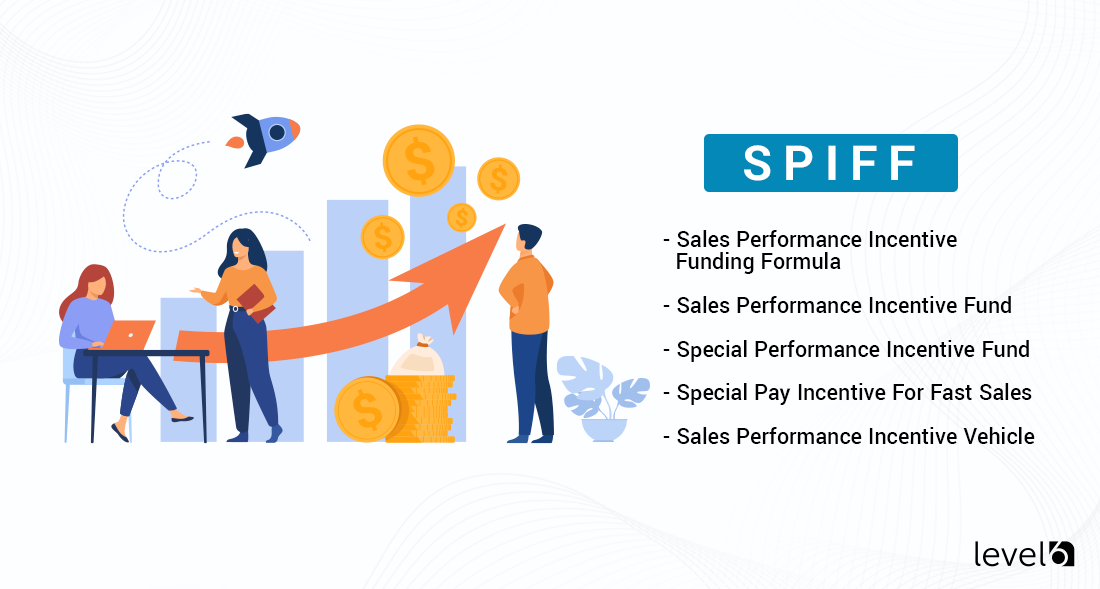
 Demo
Demo
